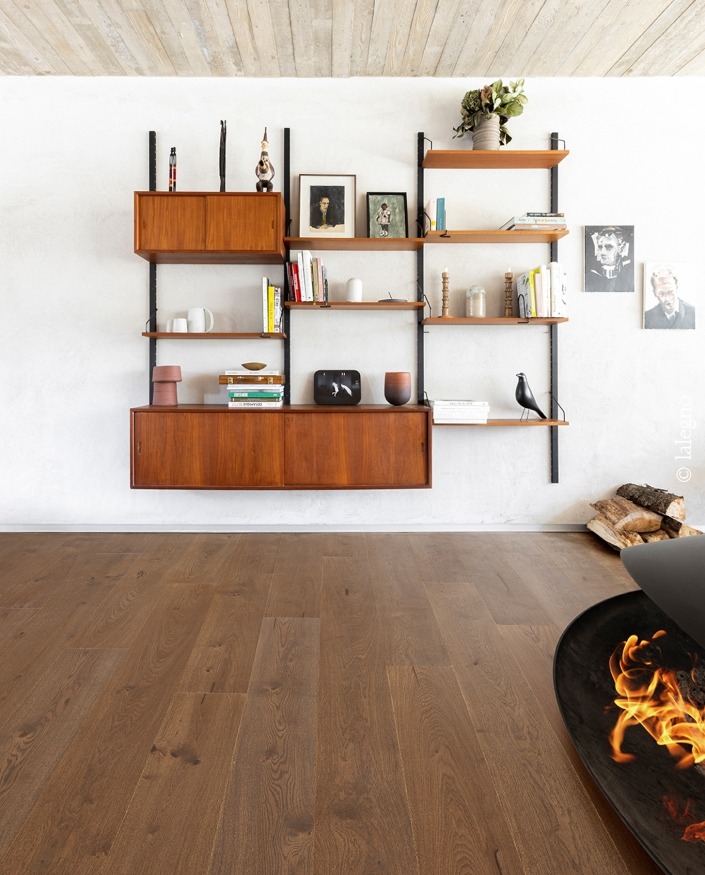
Preparation
— parquet
Installing a wooden floor is a skill, but in most cases you can also successfully install your multi-layer floor yourself. Is installing your Lalegno floor a project you'd like to get started with yourself ? Or would you rather leave the installation to a professional installer? We give you a few handy tips to help you make your choice. After all, a good preparation is half the battle. As for any DIY project, it is also important to start installing a wooden floor with expert knowledge.
Are there any special circumstances
— that you need to consider?
Sometimes there are specific circumstances that make the installation of your floor require extra care. Underfloor heating, for example. In that case, carefully follow the advice of a professional. We too would like to give you some additional tips on installing flooring with underfloor heating.




